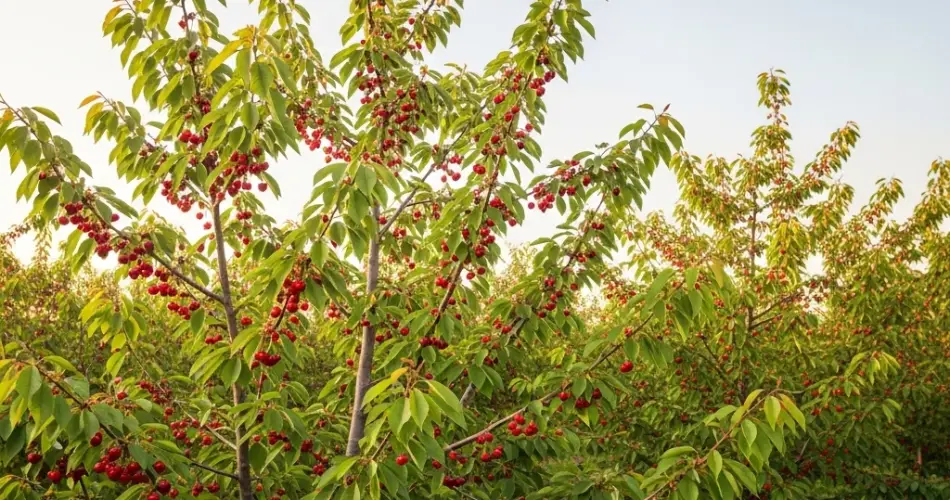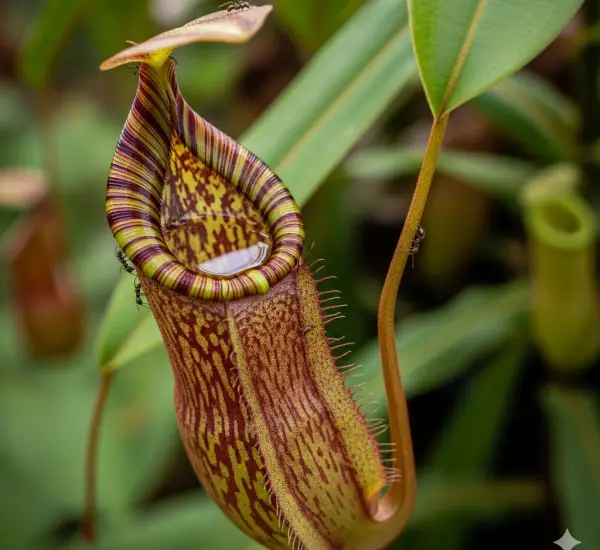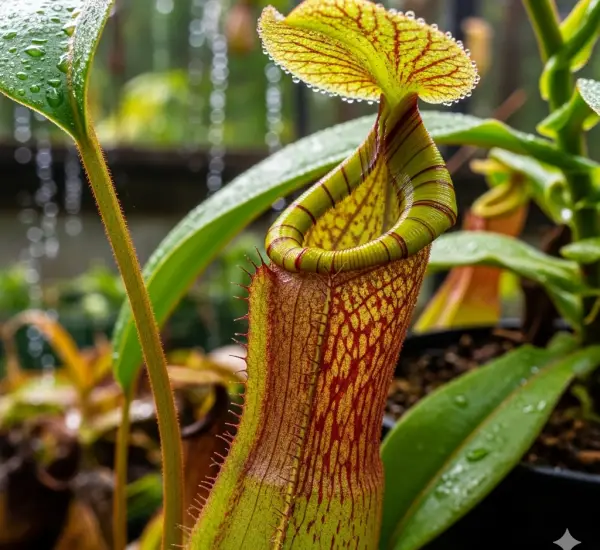Cherry trees are cherished for their stunning spring blossoms and, in some varieties, sweet or tart fruit. Whether grown for ornamental beauty or delicious harvests, the sight of a cherry tree in full bloom is a highlight of any garden. However, sometimes cherry trees refuse to bloom or produce only a few flowers, leaving gardeners puzzled and disappointed.
If your cherry tree isn’t flowering as it should, don’t worry—there are several natural ways to stimulate blooming. Understanding the tree’s needs and creating the right conditions can make a big difference in blossom production.
1. Choose the Right Variety
Before making changes to care routines, be sure to identify the type of cherry tree you’re growing. Different varieties have different blooming habits:
-
Ornamental cherry trees (like Yoshino or Kwanzan) are bred for profuse flowers but do not bear fruit.
-
Sweet cherry trees (like Bing or Stella) bloom and fruit in mid to late spring.
-
Sour cherry trees (like Montmorency) bloom slightly earlier than sweet types.
Each type has slightly different care requirements and environmental preferences, which can impact blooming success.
2. Ensure Proper Sunlight Exposure
Cherry trees thrive in full sun, needing at least 6–8 hours of direct sunlight per day to produce abundant blossoms.
Tips:
-
Avoid planting near tall buildings, fences, or dense tree canopies that may cast shade.
-
For potted or younger trees, consider relocating to a sunnier spot if they aren’t blooming well.
-
If your area has cloudy weather, try pruning nearby trees to increase light exposure.
Sunlight is essential for triggering flower bud development in early spring.
3. Provide Well-Draining, Fertile Soil
Soil conditions play a major role in flowering. Cherry trees prefer slightly acidic to neutral soil (pH 6.0–7.0) that drains well and is rich in organic matter.
How to improve soil:
-
Add compost or well-rotted manure in fall or early spring to boost nutrient levels.
-
Avoid heavy clay or compacted soils that retain water and stress the roots.
-
Test your soil pH and amend if needed with sulfur (to lower pH) or lime (to raise it).
Healthy roots promote strong vegetative and reproductive growth.
4. Don’t Overfertilize—Especially with Nitrogen
Too much nitrogen fertilizer can cause cherry trees to grow lush foliage at the expense of flowers.
Fertilizing guidelines:
-
Use a balanced fertilizer (like 10-10-10) in early spring before bud break.
-
Avoid fertilizing in late summer or fall, which can delay dormancy and affect flowering.
-
If your tree is growing vigorously but not blooming, reduce nitrogen-rich inputs like lawn fertilizer.
A soil test can help identify any nutrient imbalances and prevent overfeeding.
5. Prune at the Right Time and in the Right Way
Proper pruning encourages better air circulation, light penetration, and overall vigor—essential for flowering.
Pruning tips:
-
Prune in late winter or early spring, before buds swell.
-
Remove dead, damaged, or crossing branches.
-
Thin out dense areas to allow sunlight into the canopy.
-
Avoid heavy summer pruning, which can stress the tree and reduce flower buds for the following year.
Be careful not to over-prune young trees, as it can delay blooming.
6. Provide Proper Watering
Water stress—either too much or too little—can interfere with flower bud formation.
Watering tips:
-
Deep-water trees during dry spells, especially in summer and fall.
-
Maintain consistent soil moisture without letting the roots sit in soggy soil.
-
Use mulch (like shredded bark or compost) to retain moisture and regulate soil temperature.
Young trees need more frequent watering, while mature ones can tolerate longer dry periods once established.
7. Protect from Late Frosts and Temperature Swings
Cold snaps during bud formation or early bloom can damage flowers or prevent them from opening.
Protection strategies:
-
Plant trees in a location with good air drainage to prevent frost pockets.
-
Use frost cloths or row covers on young trees during unexpected cold spells.
-
Avoid planting in low-lying areas where cold air settles.
Even ornamental varieties may skip a blooming cycle if buds are frost-damaged.
8. Be Patient with Young Trees
Cherry trees often take a few years to establish before they bloom reliably.
-
Ornamental cherry trees typically begin blooming after 3–4 years.
-
Fruit-bearing sweet or sour cherries may take 4–7 years to flower and fruit.
-
Trees grown from seed may take even longer, and their bloom quality can vary.
Consistent care in the early years helps establish a strong foundation for future blooming.
Final Thoughts
Getting a cherry tree to bloom beautifully doesn’t require chemical treatments or guesswork—just the right combination of sunlight, soil care, pruning, and patience. By creating an environment that mimics the tree’s natural needs, you’ll encourage healthy growth and vibrant springtime blossoms.
Whether you’re growing for aesthetics or harvests, these simple strategies will help your cherry trees put on the stunning floral display they’re known for—season after season.



